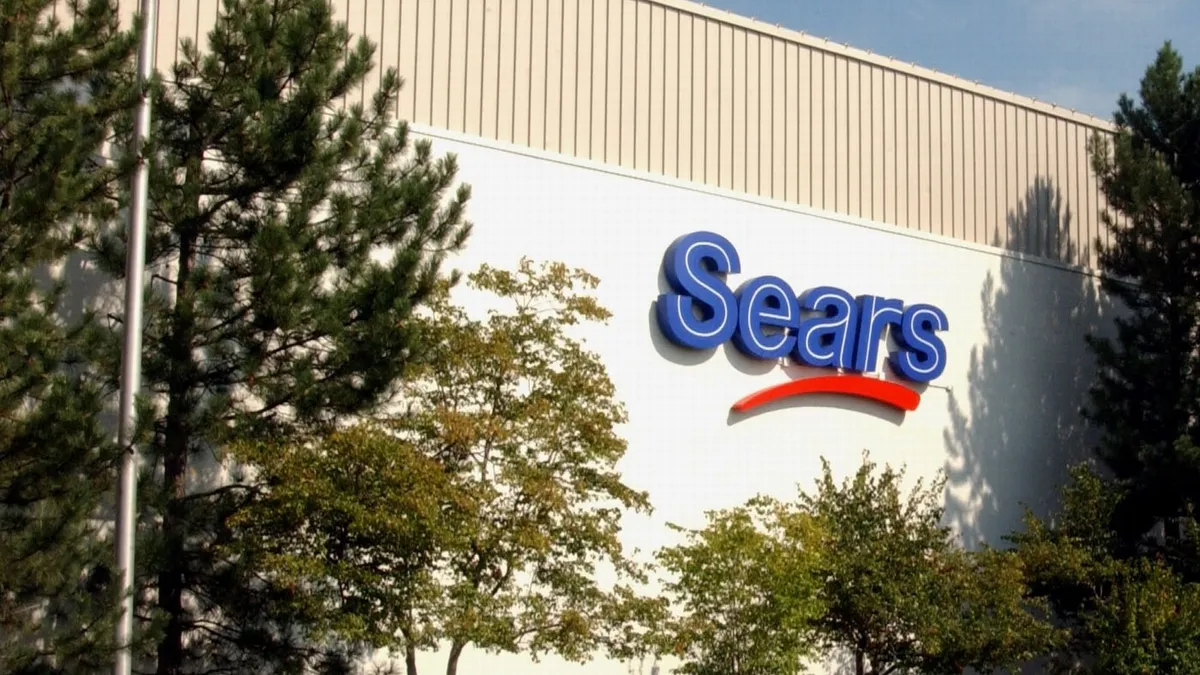Dive Brief:
- Sears Holdings completed an exchange of nearly $500 million in bonds, representing a transaction that the retailer said would extend some maturities and potentially reduce its quarterly cash interest expenses by $15 million a year, according to a press release.
- Sears CEO Eddie Lampert said in a statement that the exchange would "strengthen our financial footing as we continue to execute on our strategic transformation," and he added that Sears was "working aggressively to return the company to profitability."
- Fitch Ratings summarily downgraded some of Sears’ credit ratings to default territory after what it recognized as a distressed debt exchange. The ratings firm also upgraded one of Sears ratings based on its credit profile after the transaction. Fitch analysts said in a note, "While the exchanges and amendments are expected to result in annual cash interest savings of around $60 million [to Sears], this transaction does not materially change Fitch's expectations for annual cash burn, at $1.2 billion to $1.3 billion in 2018."
Dive Insight:
Sears is still doing what it does best: Cutting costs and making incremental financial moves to stop the hemorrhaging in its bottom line.
The company posted a rare profit for the fourth quarter 2017, but that was accompanied by a terrible retail performance, marked by a drop in comparable sales of more than 15%.
As Fitch analysts pointed out, Sears’ top-line sales fell by a quarter in 2017 as the company liquidated a huge chunk of its store base and lost an alarming chunk of its customer base as well. According to Fitch analysts, Sears is poised for another 10% drop in comps this year, following an estimated negative drop in the mid-teens in 2017.
But, the analysts also note, Sears has more owned property it could sell to free up liquidity, as well as business units it could sell, including the Kenmore and DieHard brands, Sears Home Services and Sears Auto Centers. Sears shocked the retail world last year with the sale of the popular Craftsman brand.
At some point, though, Sears is going to run out of stores to close, employees to layoff, units to divest and debt it can restructure or refinance. Simply put, the department store retailer needs to stem the loss in customers if it’s going to survive.













